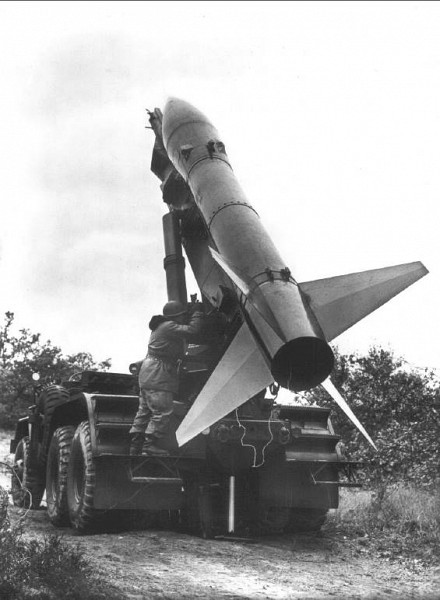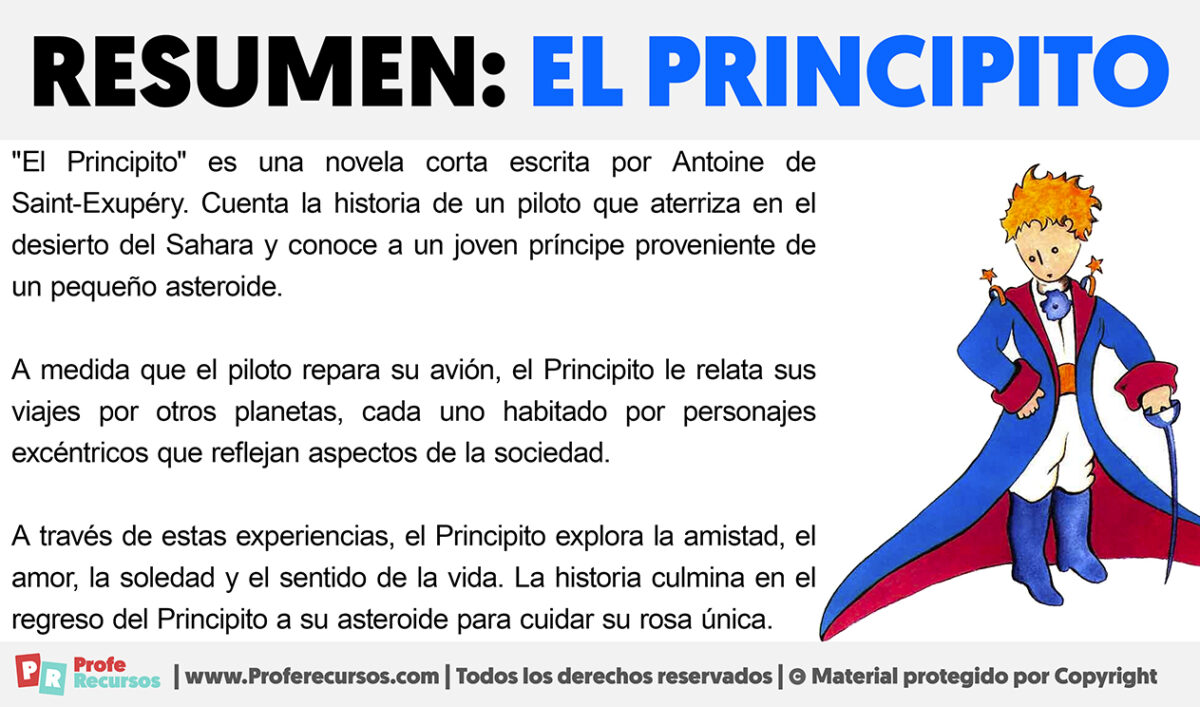The U.S. Nuclear Presence In Greenland: A Hidden History Under The Ice

Table of Contents
Project Iceworm: The Cold War's Secret Undertaking
Project Iceworm, a top-secret Cold War initiative, aimed to establish a network of nuclear missile bases beneath the Greenland ice sheet. The idea was audacious: to create a virtually undetectable, strategically positioned counter-force against the Soviet Union. The project, spearheaded by the U.S. Army, presented immense logistical and technological challenges. The sheer scale of the undertaking – constructing tunnels and launching sites within the moving, unforgiving ice – required innovative engineering solutions. The secrecy surrounding Project Iceworm was paramount, impacting U.S.-Danish relations, as Greenland was then (and still is, in part) under Danish sovereignty. The project's ultimate failure, due largely to the unexpected movement and melting of the ice, remains a fascinating case study in Cold War engineering and the limitations of technology in extreme environments.
- Dates of operation: 1960-1966
- Number of personnel involved: Hundreds of U.S. military personnel and civilian contractors.
- Specific locations of planned bases: Camp Century (the primary site) and several other planned locations along the Greenland ice sheet.
- Technological innovations used: Specialized drilling equipment designed to withstand the extreme cold and pressure of the ice sheet. Development of technologies for subterranean construction and habitation in extreme arctic conditions.
- The role of the U.S. Army Corps of Engineers: The Corps played a central role in the design, construction, and logistical support of Project Iceworm.
Environmental Impact and Nuclear Waste
The legacy of Project Iceworm extends beyond its geopolitical implications. The project left behind a significant amount of radioactive waste, raising serious concerns about potential environmental contamination. While the immediate impact might have been minimal, the long-term effects of the buried waste on the fragile Greenlandic ecosystem remain a subject of ongoing research and debate. The possibility of meltwater contamination, exacerbated by climate change, is a particularly significant concern. The sheer volume of waste, coupled with the unpredictable nature of the glacial environment, presents a formidable challenge for environmental remediation. International agreements regarding nuclear waste disposal and environmental protection in the Arctic are crucial in addressing this issue.
- Types of radioactive waste left behind: Nuclear reactor components, fuel, and other radioactive materials from the Camp Century research station.
- Potential pathways for contamination: Melting ice, glacial runoff, and groundwater infiltration.
- Current monitoring efforts: Limited monitoring efforts are underway, but more comprehensive assessments are needed to fully understand the extent of contamination.
- Long-term environmental risks: Potential contamination of water sources, disruption of local ecosystems, and long-term health risks to the Greenlandic population.
- International agreements concerning nuclear waste disposal: Various international agreements and treaties address nuclear waste disposal, but their application in the specific context of Greenland requires further attention.
Geopolitical Implications and the Future of Greenland
Greenland's strategic location in the Arctic makes it a region of growing geopolitical importance. Renewed interest in Arctic resources—oil, gas, and minerals—has brought renewed attention to the region, impacting U.S. policy and its relationship with Greenland. The perspectives of the Greenlandic people on their nation's sovereignty and its relationship with the U.S. and Denmark are crucial considerations. Greenland's evolving foreign policy, as it grapples with its autonomous status and its relationships with global powers, adds a further layer of complexity. The impacts of climate change are also significantly shaping the geopolitical landscape, leading to changes in access to resources, melting ice caps, and the opening of new shipping routes.
- Greenland's potential as a strategic military location: Its geographical position provides significant advantages for military surveillance and strategic deployment.
- Competition for Arctic resources (oil, gas, minerals): The melting Arctic ice is opening up new areas for resource extraction, leading to increased competition between nations.
- The impact of climate change on Arctic geopolitics: Melting ice caps are changing shipping routes, opening new resource access points, and causing geopolitical shifts.
- Greenland's autonomous status and relationship with Denmark: Greenland's unique political status requires careful consideration of its relationship with Denmark and its interactions with other global powers.
- Greenland's evolving foreign policy: Greenland is actively shaping its own foreign policy, balancing its relationship with Denmark and seeking greater autonomy on the world stage.
Conclusion
The U.S. nuclear presence in Greenland, particularly the clandestine nature of Project Iceworm, its lasting environmental consequences, and its ongoing geopolitical implications, represent a complex and often overlooked chapter in Cold War history. The hidden history of the U.S. nuclear presence in Greenland and its significant impact on the environment and the geopolitical landscape serves as a potent reminder of the long-term consequences of Cold War actions. Understanding Greenland's nuclear legacy is crucial for addressing current environmental challenges and shaping future policies in the Arctic. To learn more about this complex history, we encourage you to explore resources from organizations like the Arctic Council and the Danish Polar Center, and to engage in further research on topics such as "Greenland's nuclear legacy" or "U.S. military presence in Greenland." Understanding this history is critical to informing responsible stewardship of the Arctic environment and the future of Greenland's sovereignty.

Featured Posts
-
 Carneys Cabinet Picks Key Business Leaders To Watch
May 15, 2025
Carneys Cabinet Picks Key Business Leaders To Watch
May 15, 2025 -
 Belgica Vs Portugal 0 1 Cronica Goles Y Resumen Del Encuentro
May 15, 2025
Belgica Vs Portugal 0 1 Cronica Goles Y Resumen Del Encuentro
May 15, 2025 -
 The Andor Season 2 Trailer Delay What Does It Mean For The Show
May 15, 2025
The Andor Season 2 Trailer Delay What Does It Mean For The Show
May 15, 2025 -
 Jalen Brunson The Face Of Lady Liberty A Knicks Fans Bold Petition
May 15, 2025
Jalen Brunson The Face Of Lady Liberty A Knicks Fans Bold Petition
May 15, 2025 -
 Hondas Ev Production Slowdown The 15 Billion Ontario Project And Market Factors
May 15, 2025
Hondas Ev Production Slowdown The 15 Billion Ontario Project And Market Factors
May 15, 2025
